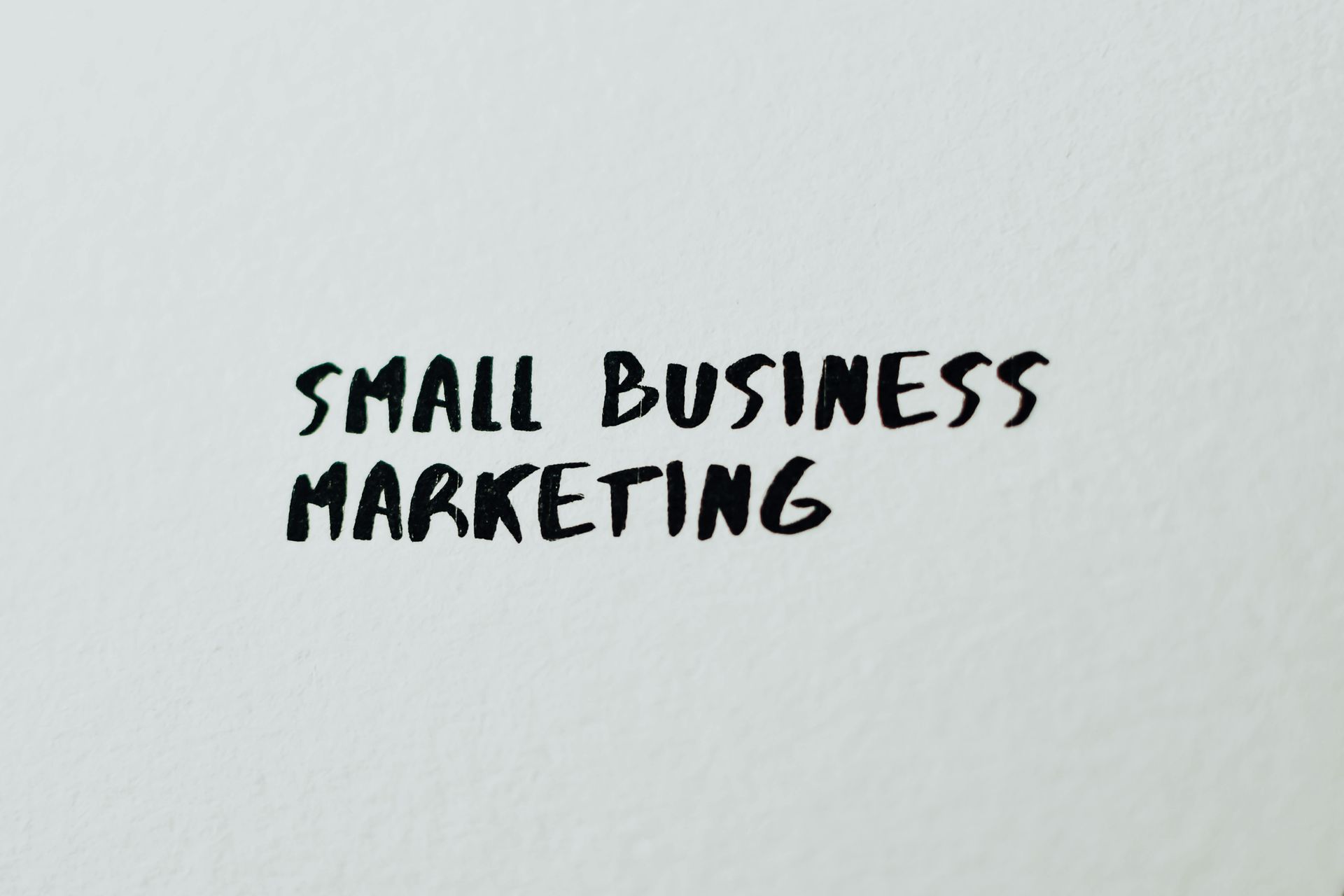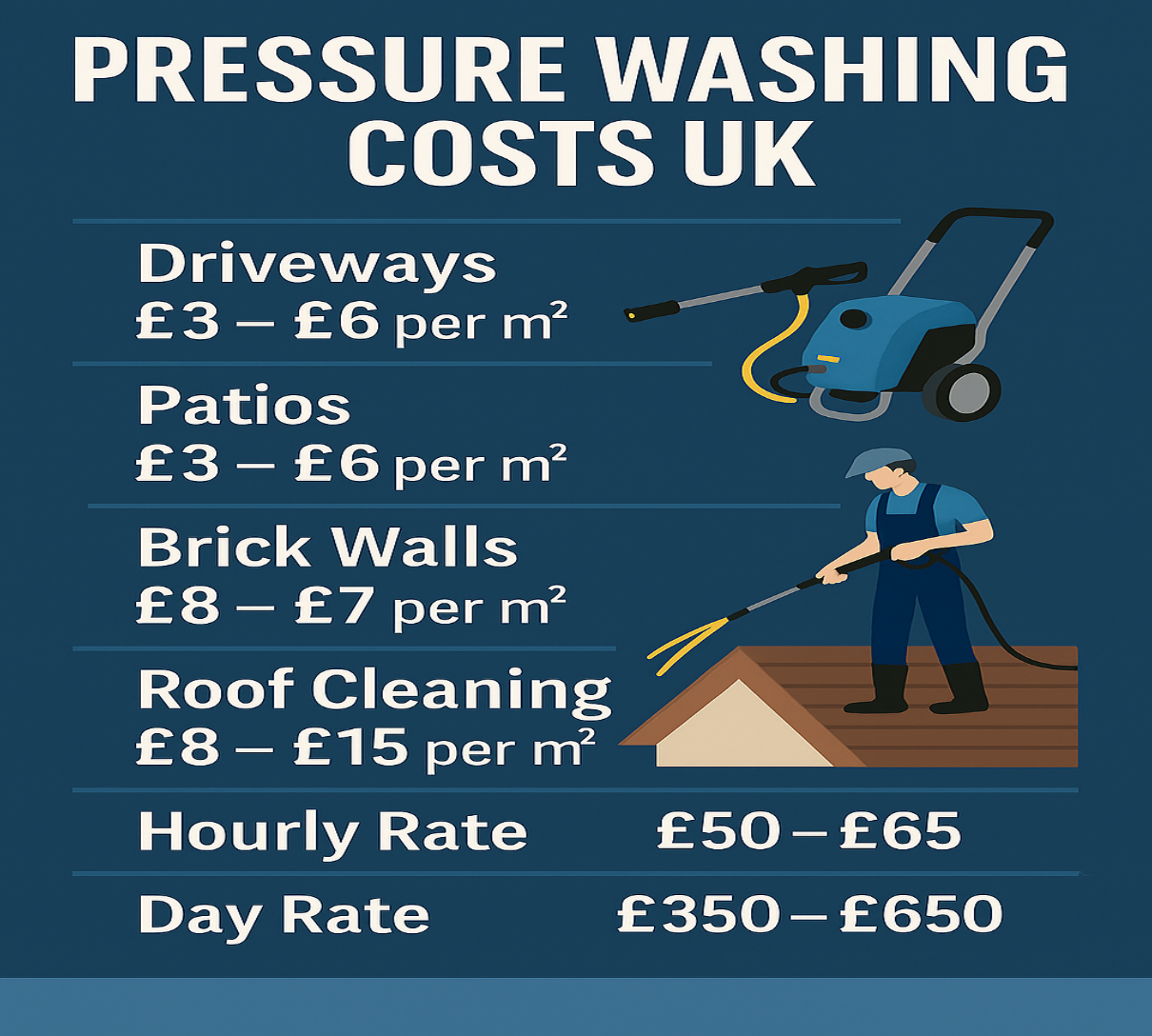Pressure Washing for Beginners: A Step-by-Step Starter Guide
Pressure Washing for Beginners: A Step-by-Step Starter Guide
If you're just getting started in the pressure washing business, your first few jobs might feel a bit intimidating. But with the right preparation and approach, you can deliver professional results and keep your clients coming back. In this blog, we’ll break down the essential steps to help you complete your first pressure washing job with confidence.
1. Check and Prep Your Equipment
Before heading out, make sure all your gear is clean, functional, and packed. Inspect hoses, fittings, and nozzles. Ensure your pressure washer is running smoothly. If you plan to use a turbo nozzle—great for stubborn dirt—double-check it’s installed correctly to prevent surface damage.
2. Evaluate the Job Site
When you arrive, take a moment to walk the property. Identify any sensitive areas like garden beds, painted surfaces, or loose fixtures. Greet your client politely and walk them through the job. Clarify their expectations and confirm exactly what they want cleaned. Communication builds trust and sets the tone for a great experience.
3. Begin with the Borders
Start by pressure washing the outer edges of the space. This defines your work area and ensures you’re not missing the margins. Turbo nozzles work well here to loosen built-up grime and provide a crisp, clean boundary.
4. Work in Clear Sections
After the edges, clean in small, overlapping sections. Work from one end to the other, using smooth, consistent strokes to prevent streaking. Avoid rushing—an even, methodical pace leads to a high-quality finish.
5. Document the Job
Take photos before you start, midway through, and at the end. Short video clips (10–15 seconds) are perfect for social media. This not only shows your clients what you achieved, but it also builds a portfolio for future promotion.
6. Rinse and Tidy Up
Switch to a wider spray nozzle and rinse off any remaining debris. Be thorough—a clean job site makes a strong final impression. Clear away any leftover muck and ensure paths and drains are not clogged.
7. Use Sodium Hypochlorite (Optional)
For surfaces with algae, lichen, or heavy organic staining, apply a sodium hypochlorite solution to boost cleaning power. Always apply it carefully, avoiding plants and delicate materials. Follow up with a full rinse to neutralize the area.
8. Final Inspection and Walkthrough
Before packing up, do a full inspection. Look for any missed spots and fix them. Then invite the client to review your work. This is also a good time to take final “after” photos and ask if they’d like to book additional services in the future.
9. Payment and Optional Re-Sanding
If you’re re-sanding block paving, schedule a return visit once the surface is dry. You can either take payment on completion or after this step is finished. Encourage the client to leave a review—this boosts your online reputation and builds future trust.
10. Promote Your Results
Post your before-and-after photos to your Facebook page or business profile. Tag the area, include a short caption, and ask happy clients to comment or share. Regular updates help you attract more customers and build credibility quickly.
Starting in pressure washing doesn’t have to be complicated. With a system in place, the right tools, and a focus on quality, your first job can be the start of a thriving local business.
📘 Want to Dominate Your Local Area with Marketing ?
Discover the proven strategies that exterior cleaning pros are using to stay fully booked.
Grab
“The Local Guide to Domination” — your step-by-step playbook for mastering local marketing and generating consistent leads.
✅ Easy to follow
✅ Designed for service businesses
✅ Built to get results fast
Buy now and start dominating your area today!







